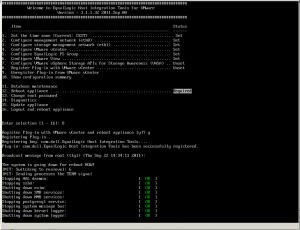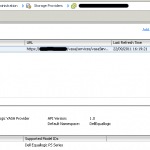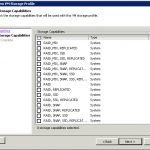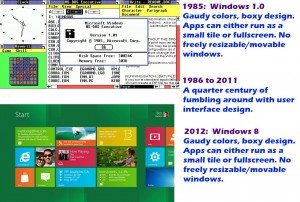On the VMTN Blog (the official blog of the VMware Community) today there is my “vExpert Spotlight”:
How did you get into IT in the first place?
I’ve started (a lot of years ago) with a Commodore 64, but only with my first experience on a PC (with MS-DOS) I understand that this passion would also be my possible work area. During University, I also played with Linux distributions and this gave me a better understanding of Operating Systems and networking. Things are really change. Now start in IT is simpler and cheaper (I remember how expensive my first PC was and how difficult it was to find good books or good documentations).
How did you get into working with VMware and becoming a 2011 vExpert?
As most people I’ve started of course with VMware Workstation and honestly not with the ESX 1.0 (I remember that was not possible, at least in my Country) to have an evaluation or trial version.
My first virtualization project (for academic purposes) was building a virtual honeynet with Linux UML (it was the end of 2001). My first virtualization project based for a production system virtualization solution was instead with VMware ESX 2.5.
After that I’ve follow a lot of virtualization projects and recently (around three ago) I’ve started also to give some contribution to the VMTN Community. This probably has open new perspectives, outside the limits of my Country and my native language (that isn’t English). For example, I’ve tried to applied with success to the VCDX3 path and also to vExpert 2010 and 2011.
What would you tell someone who wanted to get a job like yours to do?
In the IT field and especially in the virtualization area there is a lot to do. The required knowledge is quite huge, but worst (or better. it depends) there are a lot of changes so you cannot stand still. You have always to learn new things. For those reasons I also think that in this kind of job the collaborations is really important. You can be great, but you can greater in a group of good people.
















